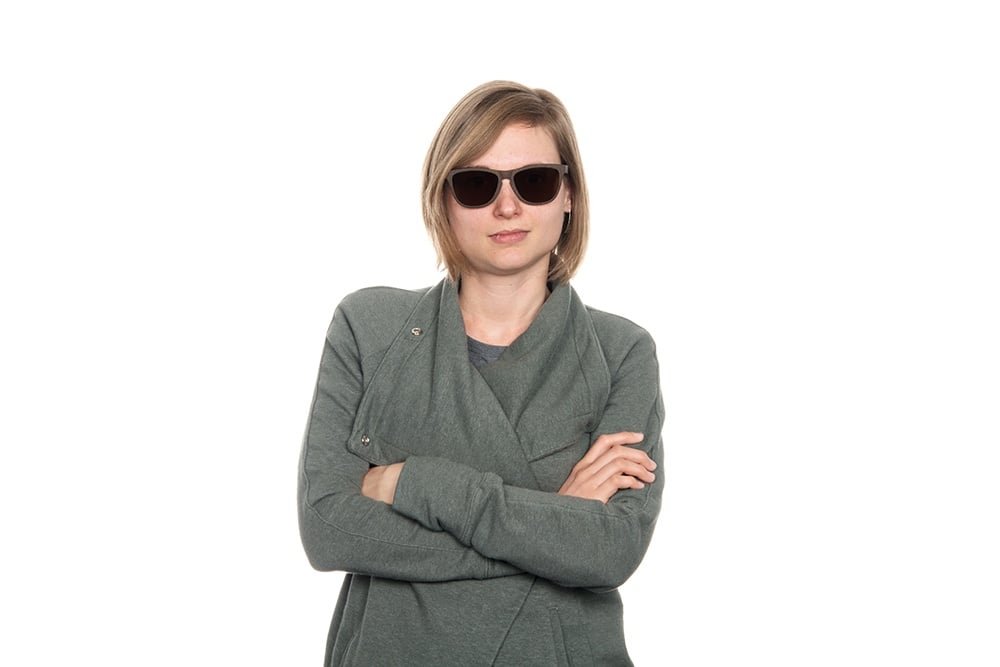OK Go has some of the most innovative music videos around. Now, this may be old news to some of you, after all, the main video I’ll be talking about here was released in 2016, but that doesn’t mean it doesn’t deserve another look. Before we get into things, you should definitely take a few minutes to watch at least one of their videos. Obsession, This Too Shall Pass and Upside Down & Inside Out are all great choices. For the following discussion, we will be focusing on Upside Down & Inside out.
The band is known for epic music videos that are often shot in one continuous take, leaving little to no room for error. Which means that a ton of planning has to go into every detail because one small issue leads to having to start again from the beginning. All this planning opens the door for computational thinking and problem-solving.
As we discussed previously, “Computational thinking is the process of breaking down a complex problem into easy to understand parts.” When you start with an idea like “I want to film a video in microgravity,” computational thinking, in conjunction with problem-solving, can help you break down what needs to be done into actionable tasks.
As this below video explains, ordinary objects and actions look much different in microgravity. A lot of planning and coordination went into deciding not only what objects to use for the video, but also which directions to throw them, what colors they should be and the ideal set up for different scenarios.
As you watch the video, you may notice them talk about each of the four pillars of computational thinking, though not in these exact words. A few examples are:
- Decomposition - the video has a few different visual sections (laptops, suitcases, balls, pinatas) and each part was broken apart in order to allow the room to explore it individually.
- Pattern Recognition - with the laptop section, they talked about how throwing all the laptops to the front looked chaotic. Recognizing this pattern allowed them to realize the majority of the laptops should go to the back of the plane instead.
- Abstraction - they talk about the color of the liquid being important. Notice, they don’t talk about the exact color needed or the weight of the liquid because these things are less important than that the liquid (or paint) be a darker color in order to pop against the background.
- Algorithms - though not specifically discussed much in the video, the exact choreography of the band members is an example of an algorithm. In order to achieve the overall look they wanted, each member of the band (and the flight crew) needed to be in a specific place at a specific time.
If you find these videos as inspiring as I do, take a look at OK Go Sandbox. Here you’ll find lessons designed to teach physics, art, math, music and more using OK Go’s videos as inspiration. Right now, they’re even running a contest to send student’s art experiments into space!


helpful information, STEAM